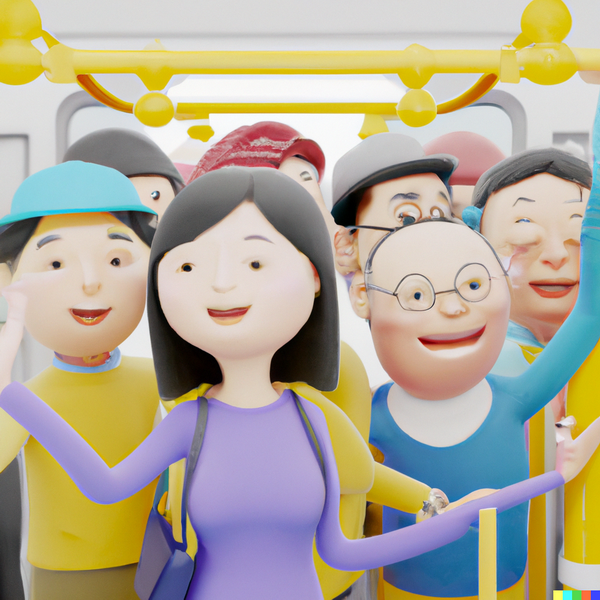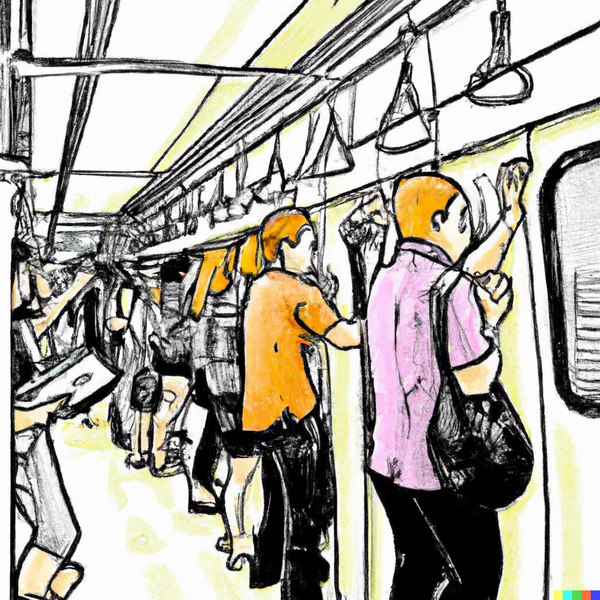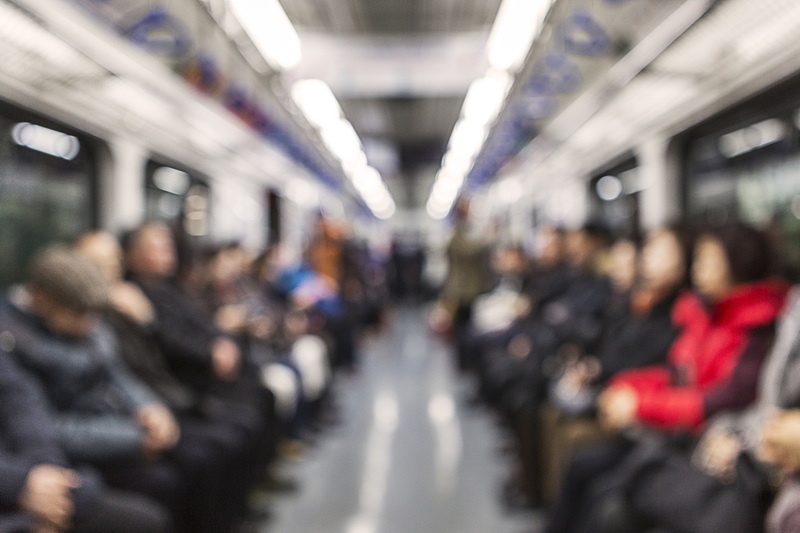What If the Gwangju Subway Were Free?
By William Urbanski
If you’ve tried to walk, take a bus, or drive anywhere in Gwangju over the last two years, you’ve no doubt noticed that there’s a massive construction project going on underneath our feet. The powers that be decided long ago that all the temporarily rerouted streets, roads with half as many lanes as usual, and general headaches that come with any major infrastructure project would all be worth it if in the end the people of Gwangju could have access to an expanded subway system.
Needless to say, the City of Gwangju has a lot invested in this enterprise and, if it really wants its new subway to be a resounding success, it should make it free to use.
Alright, alright, I can hear you already: “Preposterous! Heresy! Nonsense! A subway could never afford to operate if people didn’t pay their fares!” While that is a common and reasonable opinion to hold, it turns out that the case for abandoning fares isn’t as ridiculous as it sounds, and as outlined in a recent episode of the Freakonomics Podcast, there’s actually a worldwide movement that sees public transportation as a basic human right. With the subway slated to open sometime in the next few years, this is Gwangju’s chance to do something really special and set a new standard for all subways systems in Korea and Asia, for that matter.
The Elephant in the Room

Let’s cut to the chase: Fares never have and never will generate enough revenue to pay for a subway.
The Gwangju subway extension is estimated to cost 2.58 trillion won(or about two billion USD), a tidy sum by any standard. According to the Gwangju Subway website, the current ridership of the subway is about 50,000 people per day. Now I’m simplifying a little bit here, but that means if the subway is bringing about fifty million won per day (at about a thousand won per fare), it would take a hundred years to pay for this project. A hundred years! And yes, ridership will increase once then extension is open, but even if it doubles, it’ll take a solid fifty years – basically a lifetime – to pay for. This is of course excluding all the regular operating costs such as salaries for the employees, electricity, and maintenance.
So yes, while fifty million won per day generated in fares (or between eighteen and twenty million bucks per year) is nothing to shake a stick at, it’s a drop in the bucket compared to the actual cost of the subway, which has been funded by various levels of government.
Why Make a Subway?

There are a few main reasons for building a subway (and public transportation in general), but they boil down to reducing dependence on personal automobiles and increasing access to transportation for those with limited financial resources. Both of these goals can be bolstered by eliminating fares. But can we be sure that getting rid of fares will guarantee that more people use the subway? Pretty much.
In his incredible book Predictably Irrational, Dan Ariely explains that while there’s a linear relation between the price of something and how many people consume it, when something is free, people absolutely lose their minds. Think about this: Have you ever seen a long lineup of people waiting to get something because it’s free? Many people would be happy to wait half an hour or even a full hour to get a free cookie or donut. But this kind of behavior doesn’t really make sense, and it would be better to just pay a dollar or two to get one instead of waiting, since for most people, their time is worth more than a few bucks per hour. Of course, it doesn’t matter what’s logical – all that matters is that when people can get something without having to fork over some cash, they go nuts.
It follows that in order to get fewer people to drive, the best approach would be to make the price of taking the subway so attractive that it causes people feel that they are missing out by getting behind the wheel of their car. As well, there’s the added benefit that those who really have difficulty paying for transportation would be given unfettered access to any place along the subway lines.
The Second Elephant in the Room
When people have to pay for things, they tend to respect them more (or at least abuse them less). So, it’s very reasonable to believe that if the subway were free, it would be a breeding ground for vandalism and bad behavior. In virtually any other country, I would agree with this sentiment, but not in Korea. This is, after all, the country where protesters pick up their own garbage and people generally return personal items they find in public.
Conclusions
I really hate to say it, but when the subway extension is completed, I doubt many drivers will switch from using their cars. If anything, most drivers are probably hoping that other drivers will start riding the subway so that there are fewer cars on the road. If the goal is to make people drive less and use the subway more, eliminating the need for fares is, without question, the best way to do this.
As it stands, fares make up a relatively small percentage of the total cost of the subway, with the majority being picked up by various levels of government which get the money from, you guessed it, everyone’s taxes. So, why not go all the way with it and make it free? The benefits of having fewer cars on the road (with less road maintenance, fewer accidents, and less pollution) would cover the cost of the lost fares in no time.
There are all sorts of things that are free to use and enjoy in Gwangju, such as libraries, public education, parking (even on sidewalks!), as well as incredibly annoying festivals pretty much every weekend at the ACC. It’s not that much of a stretch of the imagination to add the subway to that list.
The Author
William Urbanski is the managing editor of the Gwangju News. He’s married and can eat spicy food. Instagram: @will_il_gatto







